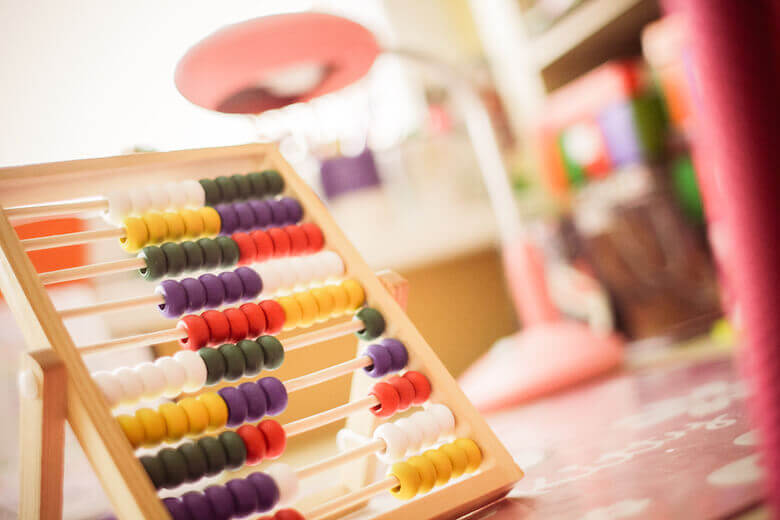
There are many approaches and philosophies to teaching early childhood education. The Reggio Emilia approach is one of them. This approach, which originated in Italy with “over 40 years of experience,” places strong emphasis on the development of “strong, capable, and resilient” children. Here we’ll tell you about 5 key elements of the Reggio Emilia approach to early childhood education.
1. Children’s learning is based on their interests
Kate from Aneverydaystory.com (linked to above), explains how the Reggio Emilia approach views children as capable of acquiring knowledge within themselves through their natural curiosity and creativity. What they are and become interested in, becomes an important element in their own learning process.
2. Teachers and parents are co-learners in the Reggio Emilia approach to early childhood education
Learningmaterialswork.com says that, instead of leading the learning process, teachers and parents working with the Reggio Emilia approach act as collaborators in the learning process of the children. The Reggio Emilia approach encourages them to offer their knowledge and help. But most of all, teachers and parents listen, observe, document, and encourage children in whatever it is they are interested in doing.
3. The classroom environment is a “third teacher”
The Reggio Emilia approach sees the child’s surroundings as an excellent medium through which a child’s learning experience can be enriched. Thus, the Reggio Emilia approach calls for a classroom that is open, comfortable, and welcoming. So the classroom must offer access to various learning tools for children to explore.
According to learningmaterialswork.com (linked to previously), such a classroom setup also allows for mobility and communication between peers. Group and peer communication is also a primordial aspect of the Reggio Emilia approach to early childhood education. Children are often involved in small and large group projects. Chevychasereggio.com (linked to at the beginning of this article) explains how such collaborative learning encourages children to “talk, critique, compare, negotiate, hypothesize and problem-solve.”
4. Children’s learning progress is documented
Because the Reggio Emilia approach encourages a child’s independent learning, it is crucial that the learning progress is carefully documented. The approach believes such documentation must be done, for the most part, in a visual manner. So teachers take pictures, save children’s work (such as drawings, crafts, works of art or “transcripts of children’s thoughts”), and display them in the classroom. In this way, children, teachers and parents can follow the individual learning progress of each child.
5. Teachers focus on the many ways kids learn
The Reggio Emilia approach to childhood education believes that children have an “endless number” of ways of learning. This is thus reflected in the many materials, methods, instruments, activities, ideas, tools, etc., that the Reggio Emilia approach presents to children. Reggio Emilia schools make all of these learning tools available to children based on their ongoing interests. It is a very hands-on approach to learning and discovering.
The above are perhaps some of the most known and crucial elements in the Reggio Emilia approach. This method of early childhood education is one of the more popular approaches among early childhood educators because of its easy-going, yet holistic approach to educating the very young.
See related on our blog:
- What is a Montessori daycare or preschool, and are they better or worse than other programs?
- What is Waldorf education and why does it matter when choosing a daycare?
- The benefits of Emergent Curriculum in preschool
- 4 Top benefits of outdoor education in early childhood
- StrongStart B.C. vs. preschool: which one is right for you?